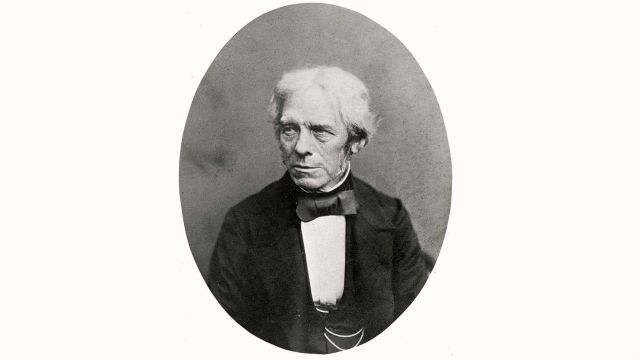Harness the Power of the Communication Age

The Communication Age is here, and it’s time we harness it. Why? Because informing is a one-way conversation between you and your employees, customers, or other stakeholders. And let’s face it…you can send somebody a new policy, a new training manual, a new brochure, or even an email and not know if it had any impact. Did they read it? Did they act on it? Did they embrace it? You don’t know.
Communicating, on the other hand, is two-way and dynamic. It’s a dialogue…a conversation…a meaningful connection that prompts action. Communicating allows you to move ahead in a positive direction faster.
But before going any further, let me say that this doesn’t mean we never want to inform again—that we want to dismantle the Information Age. There still is a need to simply inform. Think of it this way: Every age that has ever existed still exists today. There are places on the planet where people are still hunters and gatherers, and in other places there are people living in an early form of the industrial age. The same is true when it comes to our tools. We don’t get rid of the past. Rather, as new things come along, we integrate the old into the new. For example, right now we still have mainframe computers, desktop computers, and laptops, even though we are increasingly finding that our main computer is our tablet and our smart phone.
So the old doesn’t go away; we just use it in a new way. For example, mainframes are now being used to help create a big-data backbone and connect to users through a secure private cloud. That’s why we don’t want to get rid of the Information Age, but rather we want to embrace the power of the Communication Age.
What are some Communication Age tools we all need to take notice of? Three Communication Age technology categories I’ll highlight in this article are visual communications, unified communication and social media.
Visual communications are different from traditional video conferencing. Video conferencing requires a room filled with expensive equipment, and the room is always booked by the executives. Visual communication on the other hand only requires a desktop, laptop, tablet, or smart phone and a connection to the Internet. The software is either free (SKYPE) or requires a low fee.
Visual communications are powerful. I can see what you are thinking while I communicate with you because I can hear and see you. Based on your reactions, movements, mannerisms, and expressions, I can get a better feel for what you’re thinking and can adjust my communications with you. I can see whether you’re bored, focused, or confused. Because of this, I can keep myself more relevant and get a higher level of communication with you.
It’s also important to realize that we don’t all learn best in the same way. For example, some of us are auditory learners, meaning we learn best when we listen to a book than read it. In this case you would most likely be better at dictation and voice mail than writing and email.
Unified communications is a tool that can help us communicate in the style we are best at and therefore communicate better. For example, with unified communication I can send you a document in writing, and you can choose whether you want to read it or listen to it based on how you learn and process information best. And chances are that you’ll respond more quickly in the way you prefer to respond, whether in writing or via voice.
Even though unified communications has been around for a while, it has not been widely used. But thanks to increasing processing power, storage, and bandwidth, it has had some major breakthroughs recently, and this will increase its use. For example, some of us are using our new smart phones to have our text messages read to us, and we are responding by voice. Even though this is just one simple example, it is still very powerful.
The unified communications revolution is both growing and globally offering new capabilities for communication, collaboration, and innovation for all size businesses. A great global example would be NAC, a UK based company that offers a wide variety of innovative solutions including MitelCloud, a fully unified communications platform that provides visual communications with true telepresence using any mobile device, anywhere. Using this cloud-based, secure visual communications tool, mobile users are no longer limited to large video conferencing rooms in order to build relationships and communicate at a much higher level.
Social media is expanding rapidly on a global basis because it is unlocking the Communication Age both in our personal and business lives by requiring dialog, interaction, and engagement. Social media provides powerful tools for social networking, professional networking, photo sharing, video sharing, slide sharing, crowd sourcing, and much more. The key to social media is not the word media, it is the word social and that is what communication is all about.
Visual communications, unified communications, and the entire world of social media, represent only a few of the many new tools we have to foster better communications because we’re giving people options of how to communicate with us. By allowing people to choose the medium they want to communication in, the medium of choice to receive it in, the addition of the visual element, and fun ways to interact and engage, you can create new levels of communication both inside and outside of your organization.
So if you’re one of the 95% of companies firmly rooted in the Information Age, it’s time to start the shift to being a Communication Age organization. Don’t wait. Do it now.




